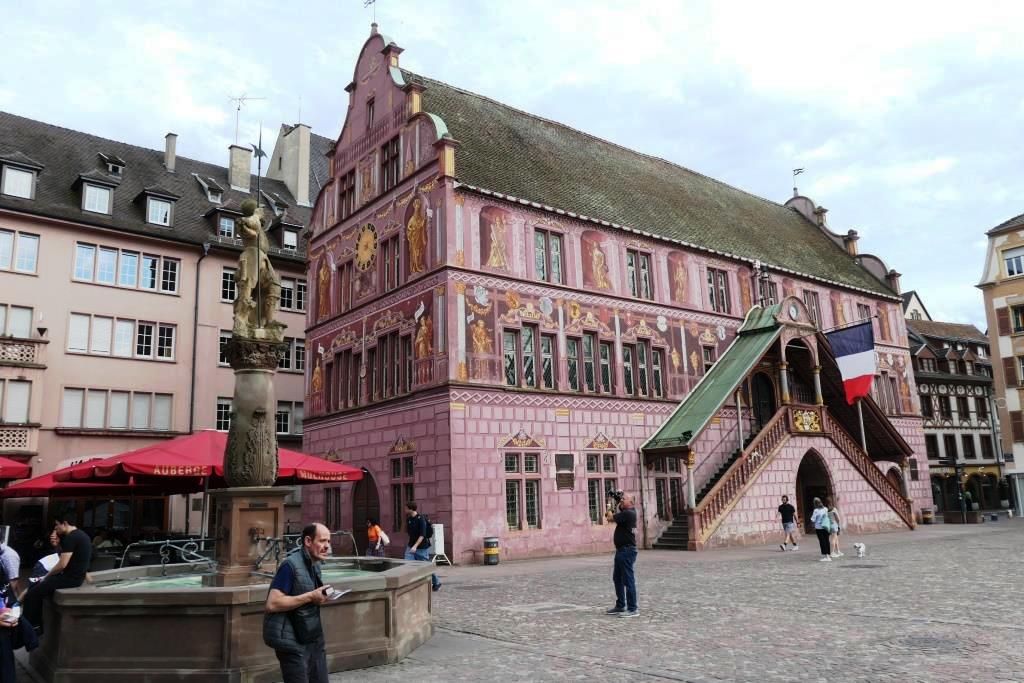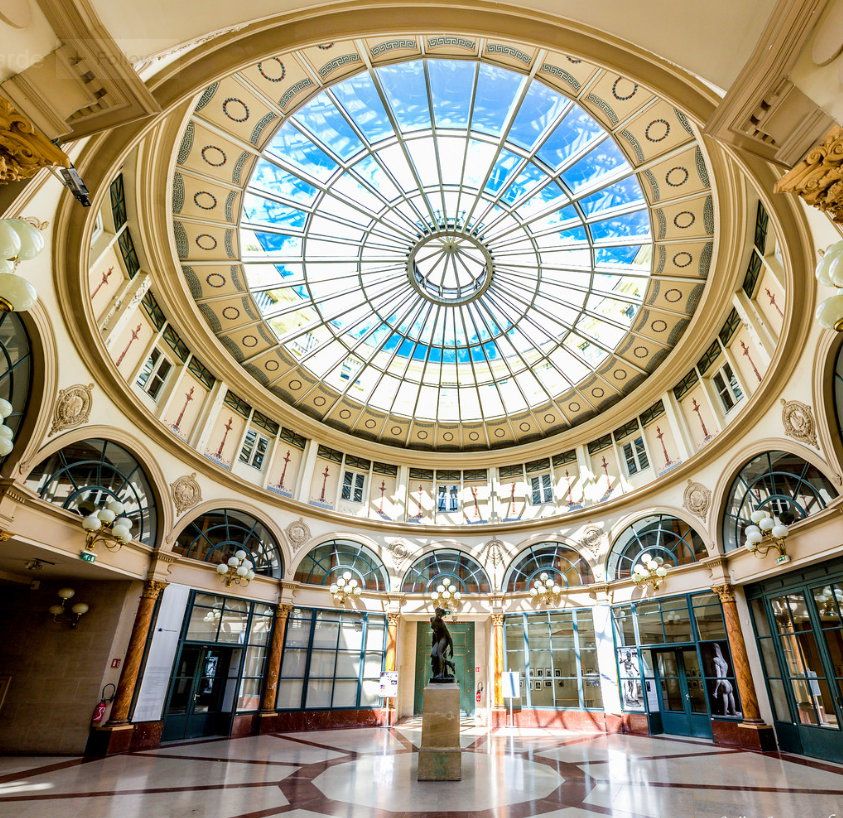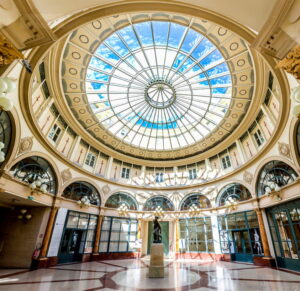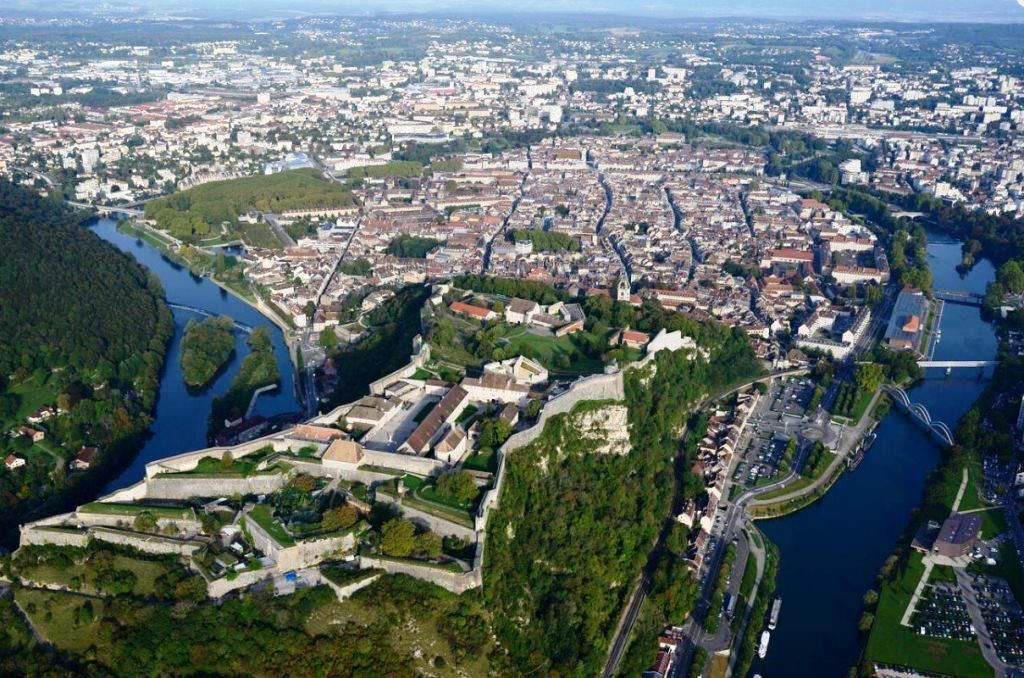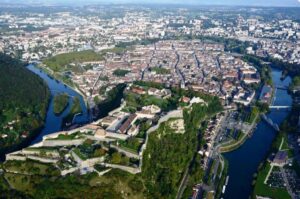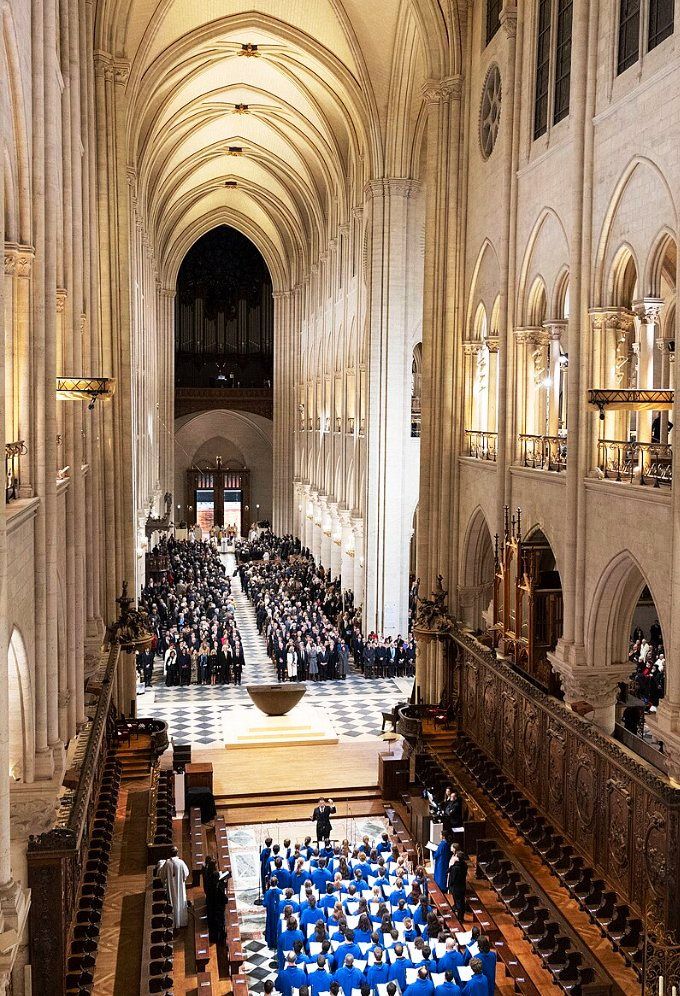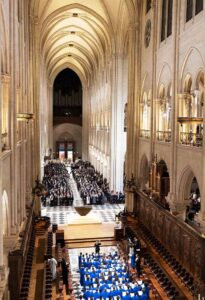MULHOUSE – AT THE CROSSROADS OF THREE COUNTRIES
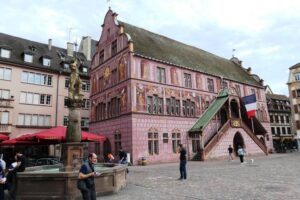
The city of Mulhouse is located in the far south of the Alsace region, on the Ill river and a canal of the river Rhine, between the Vosges and Jura mountains, at the crossroads of three countries: France, Switzerland and Germany. Its location is reflected in the city’s rich cultural mix, language and cuisine. It became one of the most important industrial centres in the country, firstly for the textile industry and later for chemicals, engineering and vehicle manufacturing. Although these activities suggest a less-than-attractive destination, it is a surprisingly inviting city, with a rich heritage of historic buildings, attractive squares and pedestrianised streets. As well, Mulhouse is known for its museums, including one housing the world’s biggest car collection.


